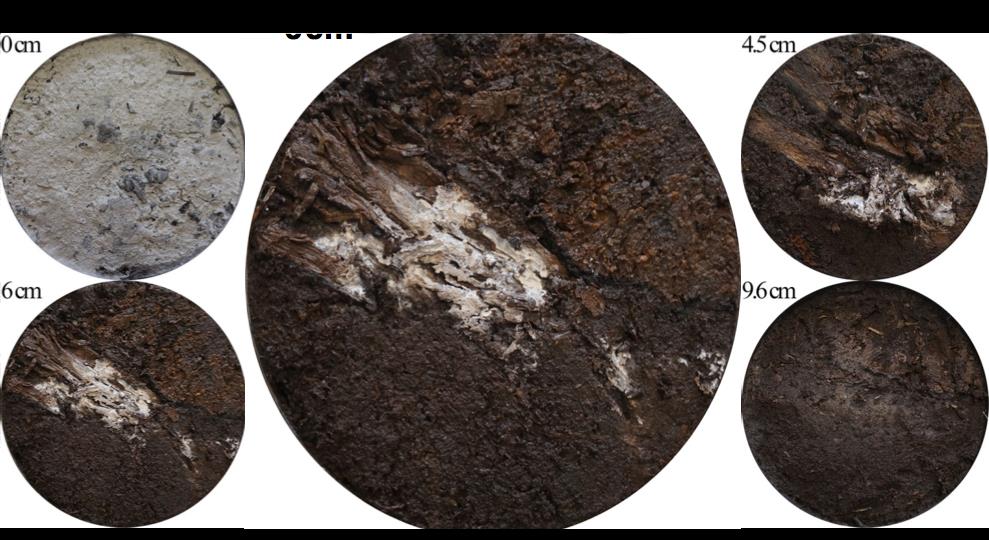H2: Flow and solute transport anomalies in coastal fen peats.
supervised by Lennartz, Janssen, Brede

Focus
We are aiming at characterizing the flow and transport properties of (degraded) peat soils and –at a later stage- to link physical non-equilibrium phenomena to geochemical transformation processes. The work programme includes laboratory and field tests. The numerical depiction of the observations made at a small (0.1-1 m) and a larger spatial scale (10 m) will help us interpreting and understanding relevant processes.
State of the Art
It has been frequently shown in studies with mineral soils that a flow and transport non-equilibrium significantly impacts mobility and transformation of dissolved and particulate substances. On the contrary, little is known about flux heterogeneity and its possible influence on compound decay (e.g. denitrification) in peat soils. Non-equilibrium flow and transport have been frequently conceptualized with mobile and immobile water phases. In newer studies it is attempted to link the flux field to soil structure. However, no such studies can be found for peat soils. With respect to the designated study site, we do currently not know to which extent the peat body influences the water exchange between the terrestrial part and the Baltic Sea.
Work program
At the beginning, the experimental investigations will concentrate on the characterization of the basic hydraulic properties of the peat soil including hydraulic conductivity and anisotropy using soil cores. It will be methodologically challenging to collect samples from inundated areas of the study site. Installed dip wells will be employed to obtain in-situ hydraulic conductivity data, which will serve as a comparison basis for the laboratory results. Column transport studies applying conservative and dye tracers will be conducted to obtain breakthrough curves; these will be subjected to model analysis employing steady state approaches. Depending on the density and quality of collected experimental data, we intend to depicting 2D cross-sections covering some ten square meters employing the HYDRUS 2D code in order to obtain more insight into lateral and vertical flow and transport processes.
